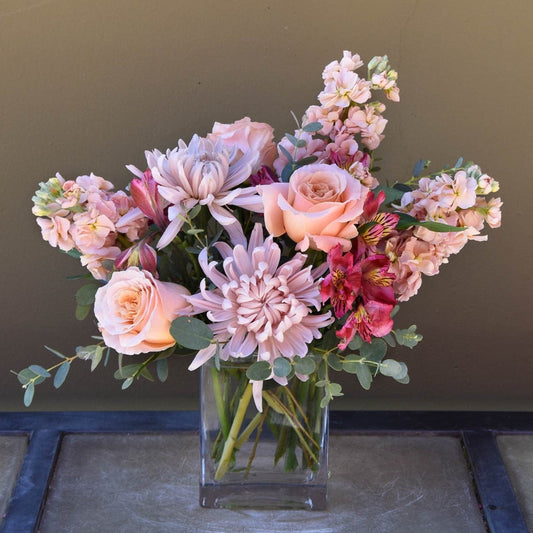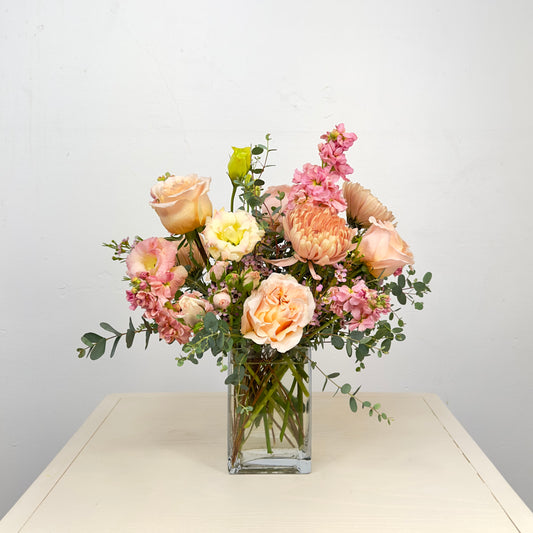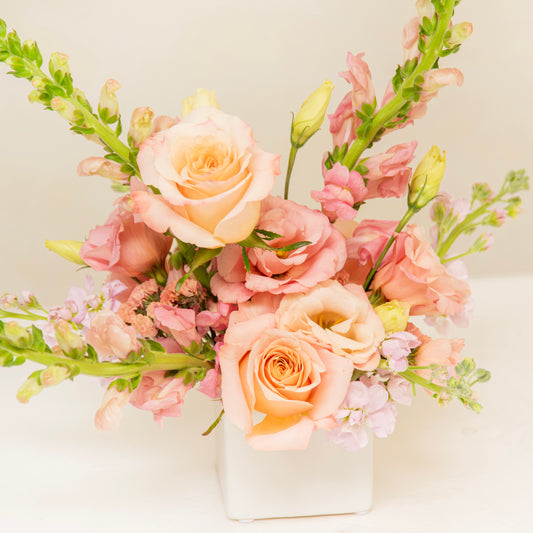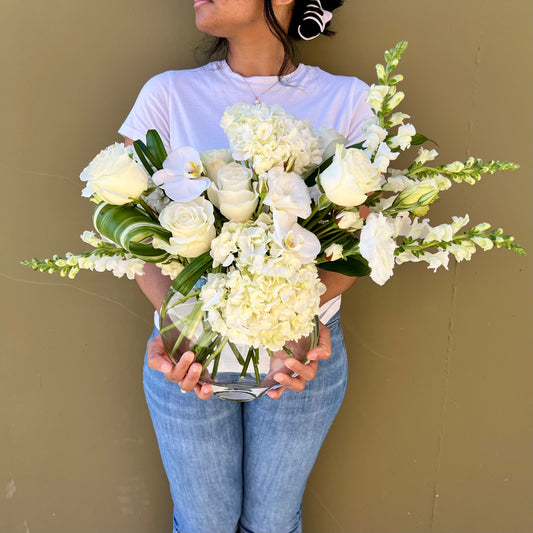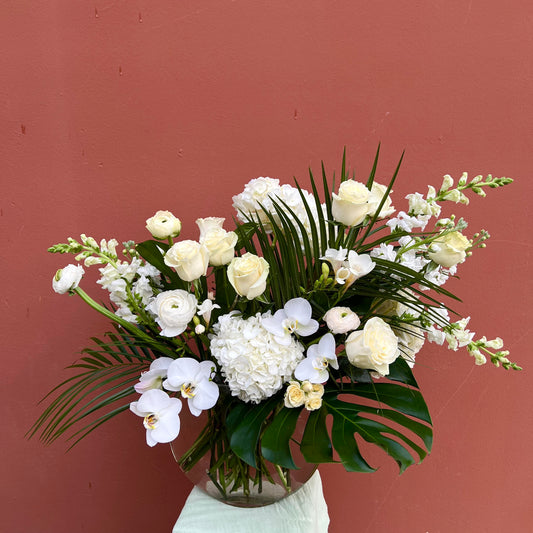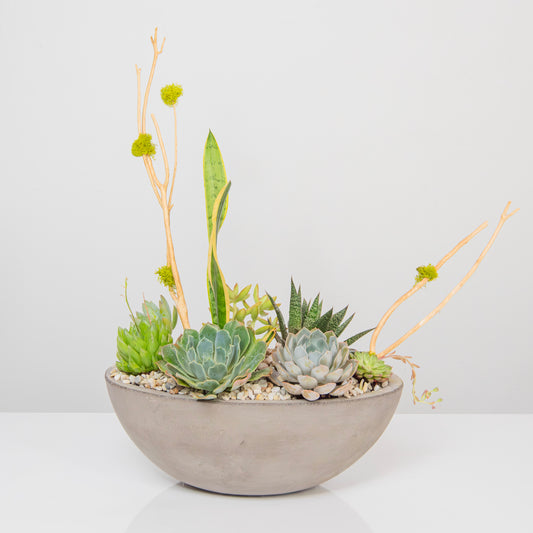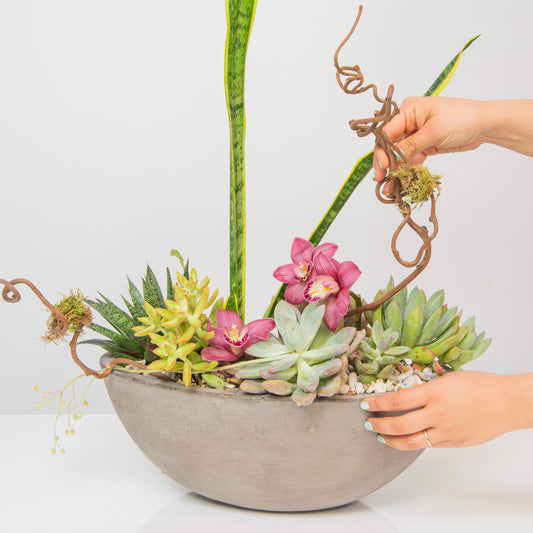Appreciation of Flowers In Art
The flower world has been a subject from which artists have taken great intrigue and inspiration from for centuries. From the ruins of Ancient Egypt to the halls of great museums, remnants of this love affair with flowers can be found. While styles and methods of art has grown and changed, so has the depictions of flowers. As we inch closer to spring, I wanted to admire the progression of floral art over time.
Perhaps the earliest depictions of flowers came from Ancient Egypt where the lotus was especially favored. In those times the lotus flower was seen as a symbol of the sun and of creation. This had to do much with the nature of the flower. At night the lotus closes but every morning it reopens with its bright yellow interior seemingly bringing about the sun, at least this was the way ancient Egypt viewed it.
Among the relics of these ancient times, archaeologists have uncovered a variety of art from ceramics, papyrus paintings, and even amuletes depciting the lotus. The amulet above is very similar to the one once owned by Queen Nefertiti. With the lotus representing the bringing of the morning, it’s no wonder it was treasured. It also had close ties to the sun god, Aten, which the queen was instrumental in establishing a following for.
Like the Ancient Egyptians, artists in the Middle Ages looked to their surrounding natural enviornment for inspiration. Large scale textile art such as tapestries became popular and were known for their floral patterns. These tapestries are so iconic for their flower motifs that they are known as, millefleur tapestries, which translates to “a thousand flowers” in French.
At the center are the figures placed against a busy pattern of flowers which repeats in nearly every space surrounding the subject. The patterned florals were sometimes all unique with some being out of scale, while other times they were made as mirror images. Regardless of this, they created an overwhelming, yet stunning, view of nature.

Perhaps one of the most iconic odes to nature is Botticelli’s Primavera, a celebration of spring. Featuring hundreds of blossoming flowers, this painting is hailed as one of the greater masterpieces from the Italian Renaissance. Thought to symbolize the essence of spring and the metamorphis the natural world undergoes in this season, Primavera depicts various mythological figures among a burgeoning spring garden. It is said that the flowers were depicted with so much detail and accuracy, that in 1984, a former director of the Botanical Garden in Florence, idenified nearly two hundred of them.

Upon closer inspection, one can recognize flowers such as an iris, jasmin, grape hyacinth, and more. One of my favorite pieces of this painting, happens to be where Botticelli expertly depicted an embroidered pattern of flowers such as carnations on one of the figure’s clothing. This level of attention and lets face it, patience, to show the natural world with such detail is astounding!
Speaking of detail, one of my all time favorite artists is Rachel Ruysch, a painter born in 16th century Netherlands. She is known for her still life floral paintings where she paired vibrant color palettes against dark backgrounds. The flowers in her paintings practically breath with such energy as they seemingly unfurl towards the viewer. Every flower is given special treatment to the way their petals hold unique texture, and the colors used are bold and eye-catching. If you look closely you may even find an insect perched atop a bloom just wating to be spotted among the packed flowers. I can only imagine what a treat it must be to witness one of Ruysch’s masterpieces in person.
It’s a curious thing that at one point artists strived for such accuracy to their floral paintings and now the creative world has exploded with all sorts of renditions of nature. From scientific botanical prints that sought to understand and record blooms with upmost accuracy, to abstract, vibrant works, floral art has evolved.
Lastly, I leave you with this image of one of my most favorite brands, Rifle Paper Co. I adore their whimsical floral patterns and use of vibrant, yet harmonious color palettes. I myself own a pair of shoes very similar to the ones here. I think the fact that floral depictions in art can go from gold amulets to canvas shoes, is a testament to our love for flowers and their permanance in the creative world.



